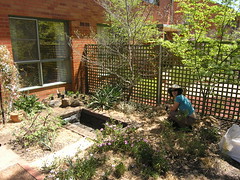 We've finally finished our pond. It was a bit of work, but we reckon it's worth it, as it now gives the garden a different look and feel (even more so when we actually top it up with water!).
We've finally finished our pond. It was a bit of work, but we reckon it's worth it, as it now gives the garden a different look and feel (even more so when we actually top it up with water!).
We've been looking into getting some native pond plants and ways to attract frogs too.
First, you must create the ideal habitat for frogs. From the slideshow here of our pond-making efforts, you can see the pond's location. It's in part shade and is shaded from the afternoon sun by the house (which is great in summer and hopefully will lessen the loss of water through evaporation), and using plants and the established trees we hope the microclimate will be conducive for frogs!
What's a microclimate? Basically, it's an area which exhibits a highly localised climate that is different to the general climate of an area. It can be as small as a few feet or as large as a few acres. We're hoping our pond will help to keep the area surrounding it cooler and more humid than areas further away. We've got a jasmine climbing on a frame nearby, a range of native plants, including lilies (a native pale vanilla lily), grasses and native violets; plus, some orchids, daphne, grevillea, and japanese maples. With the side of the house (brick) together with the lattice fence, the area is contained and protected from wind. The eaves also help protect plants from winter frosts. When creating microclimates it's good to think about
- temperature control
- patterns of light and shade
- humidity
- airflow
What about maintaining your pond? We had a look at the ACT govt legislation website for details relating to ponds and water restrictions. Here's a snippet from the table of info they provide on the site (from left to right, staged restrictions apply up to level 5. We are currently on level 3 water restrictions):
| Fountains to be switched Off unless they re-cycle water. Ponds may be topped up by hand held hose or bucket | Fountains to be switched Off Ponds may be topped up by hand held hose or bucket | Ponds that support fish or birds may be topped up by bucket directly filled from a tap but not a hose | Ponds that support fish or birds may be topped up by bucket directly filled from a tap but not a hose | Ponds that support fish or birds may be topped up by bucket directly filled from a tap but not a hose |
Sydney Water also have some tips on garden design for optimum water-saving, including the use of microclimates.
Additionally, installing a rainwater tank would mean you can top your pond up with rainwater rather than mains water. We're researching water tanks at present to see what will work in our location, to achieve optimum rain capturing and usage!
We'll post more on that later. For now, we're going tadpoling!
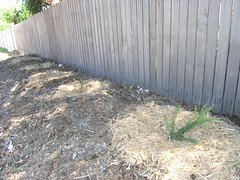
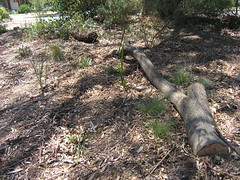
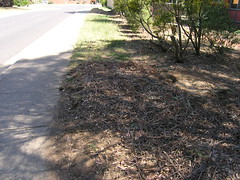




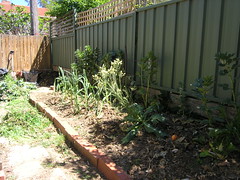
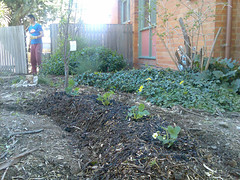
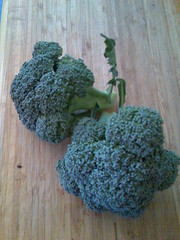
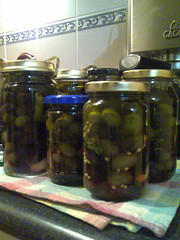
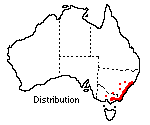

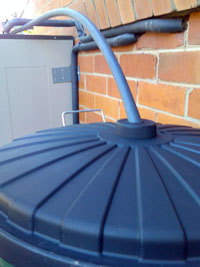

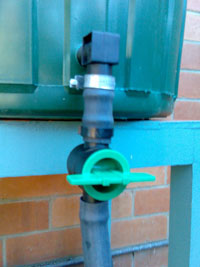
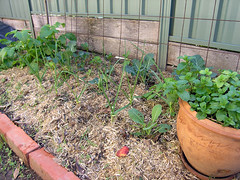


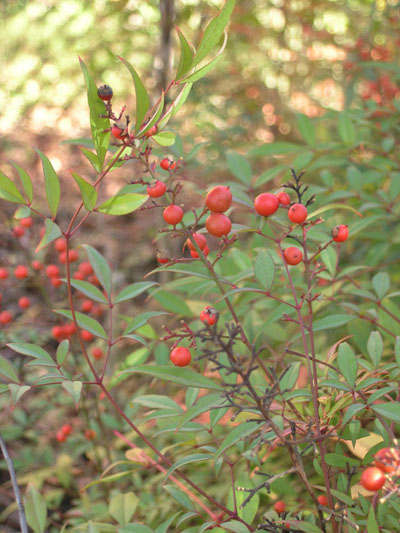


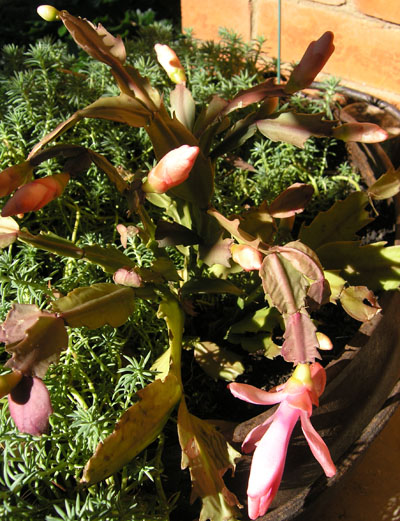

















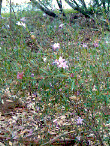 What is it? (pink flowers almost like a
What is it? (pink flowers almost like a  What is it? (looks like a coastal
What is it? (looks like a coastal  What is it? (soft green foliage that arches; thin leaves)
What is it? (soft green foliage that arches; thin leaves)




